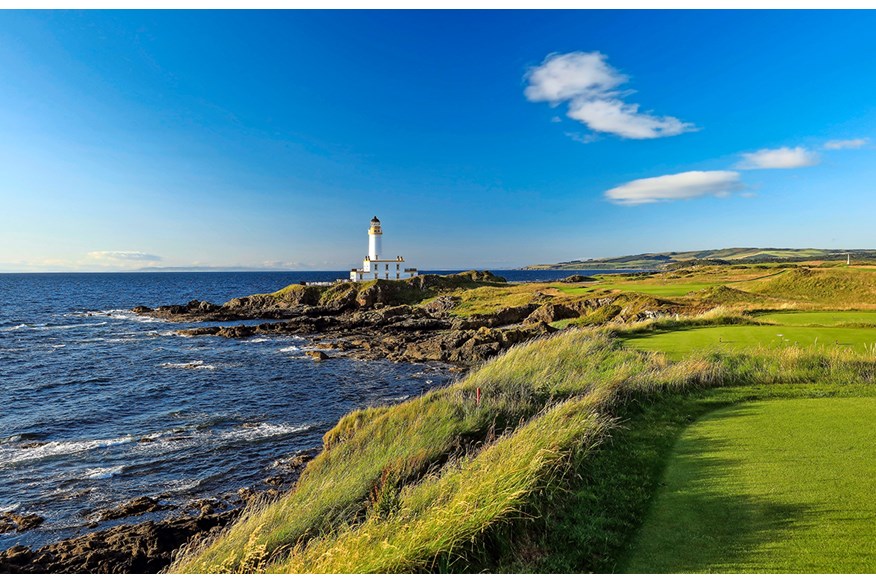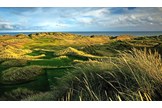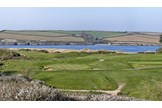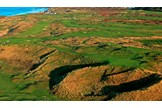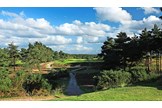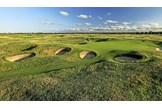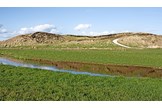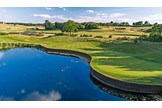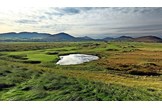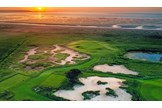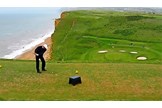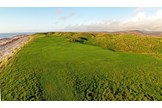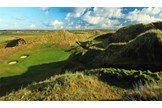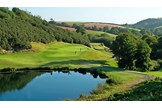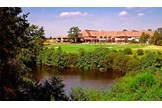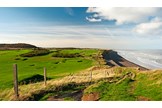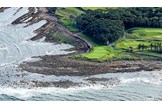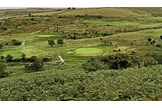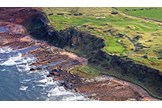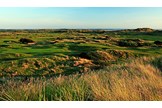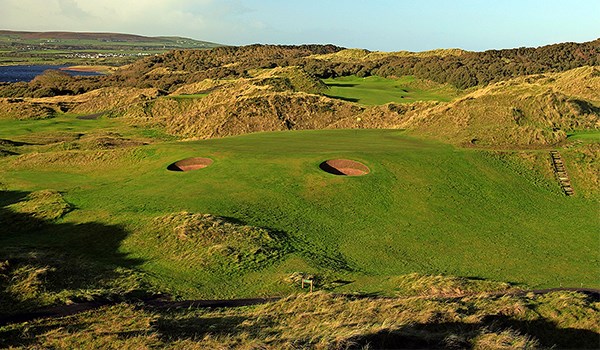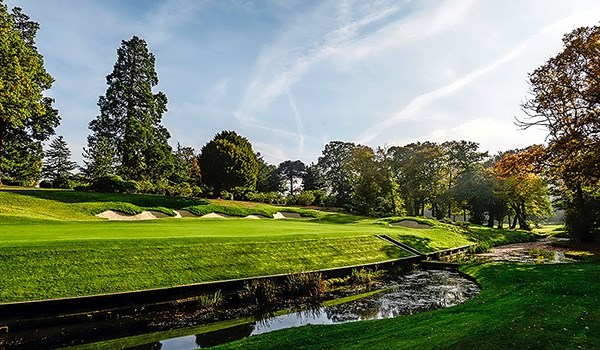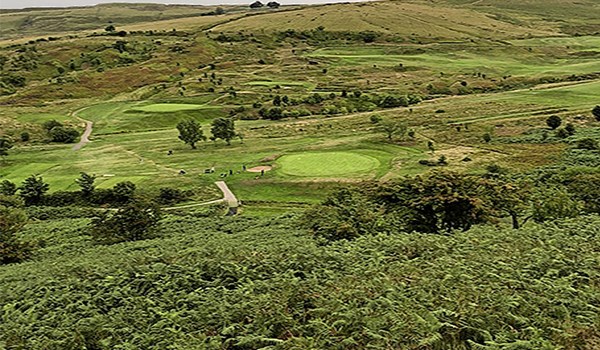The Top 50 Best Par 3s in Britain and Ireland
Last updated:
The Top 50 Best Par 3s in the UK and Ireland
Every golfer loves a par 3. The short holes offer welcome respite from having to hit it miles – and dead straight – on ultra-demanding par 4s and 5s. They create anticipation, tension, thrills and spills with excitement coursing through your veins as they give you a chance, albeit a million-to-one shot, of golf ‘s Holy Grail… a hole-in-one.
Realistically, there’s something special about hitting a crisp wedge close to the pin on a short par 3… or a towering hybrid to the green on a longer version. They may be small in yardage terms, but the par 3s play a huge part in any course design. Some of the most famous holes in the game are par 3s – the 12th at Augusta, the 7th at Pebble Beach, the 8th at Royal Troon, the 9th at Trump Turnberry, the 17th at TPC Sawgrass…
That’s why par 3s often provide the “signature” hole on many courses – they’re the most memorable, the ones you talk about, photograph and want to play again and again.
Britain and Ireland are blessed with thousands of par 3s, and many of them are sensational. That’s why, for the first time, we’ve ranked the Top 50, in close consultation with leading golf writers and several top course architects, including Martin Ebert (Mackenzie & Ebert), Robin Hiseman (European Golf Design) and Jonathan Gaunt (Gaunt Golf Design).
As with any ranking, it’s certain to stimulate debate (share your thoughts on our social channels or email editorial@ todaysgolfer.co.uk), but we see it as a celebration of the short holes that take your breath away as you step onto the tee. Most of all, we hope it encourages you to play some new courses and experience the holes for yourselves.
1. 9th Hole, 187 yds: Trump Turnberry (Ailsa), Ayrshire
Is there a more exhilarating par 3 in world golf? Not according to TG’s panel. Like No.11 on the Ailsa Course, this is a brand new hole following Martin Ebert’s Trump-authorised redesign. He’s turned a very forgettable par 4 into an incredible par 3, played over the frothing sea towards the iconic lighthouse and what’s left of Robert the Bruce’s Castle.
From the incredible Championship tee (which also sits in the sea), a 248-yard long iron or hybrid is required to avoid the three pot bunkers and find the large, sloping putting surface.
From the daily tees it’s a more manageable 168 yards with the sea on your left. Whichever
tee you choose, drink in the surroundings, take the customary photographs and, if you succeed in making a par, celebrate with a treat at the halfway house in the lighthouse.
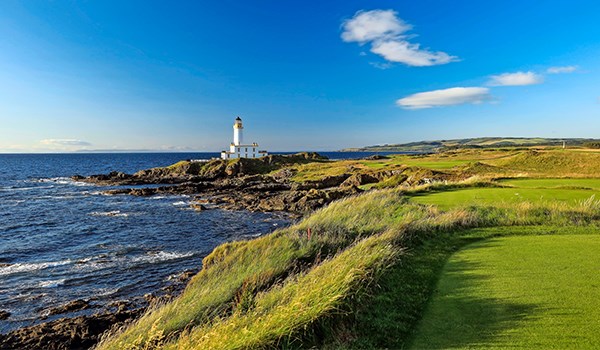
2. 16th, 202 yds: Royal Portrush, Co Antrim
Dunluce’s old 14th hole provided much drama at The Open. Your finest strike is required if you’re to avoid coming unstuck at “Calamity”, which calls for a deadly accurate uphill tee shot, probably with a long iron or fairway wood, over a deep chasm to a relatively small green. Your best bet is to take plenty of club and hit it to the front left side into “Bobby Locke’s hollow”, a spot from which the South African made a par on each day of the 1951 Open. Go right and you’ll almost certainly find yourself at the base of a severe slope. For many, escaping with a bogey feels like a good result.
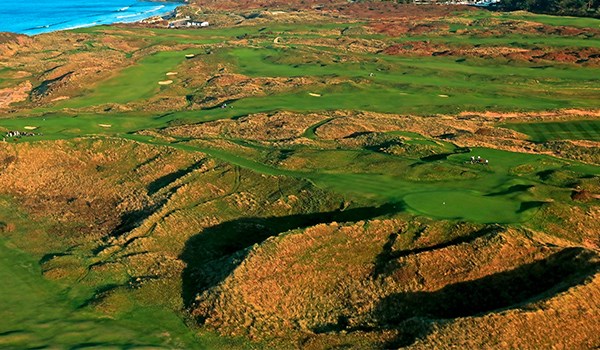
3. 15th, 183yds: North Berwick, East Lothian
Almost certainly the most copied hole in golf. There are “Redans” all over Planet Golf including Shinnecock Hills’ 7th which wreaked havoc at the 2004 US Open. East Lothian’s original and finest isn’t as troublesome but remains a serious test. It plays to a large, steeply sloping right-to-left green which is set at a 45-degree angle. This intriguing green sits just beyond a vast hidden gully which there’s every chance you’ll be playing from if you haven’t judged the wind and your club correctly.

4. 8th, 123 yrds: Royal Troon, Ayrshire
The most famous short hole on The Open rota proves par 3s don’t need to be long to provide a really tricky test. You could almost throw it on “The Postage Stamp”, but it’s fraught with danger. The raised green is wide but slender, set into the side of a large dune and guarded by several cavernous traps, including the notorious “Coffin”. The surface slopes from left-to-right and narrows considerably to just five yards at the back. Hopefully you’ll do better than German amateur Herman Tissies… he carded a 15 in the 1950 Open!
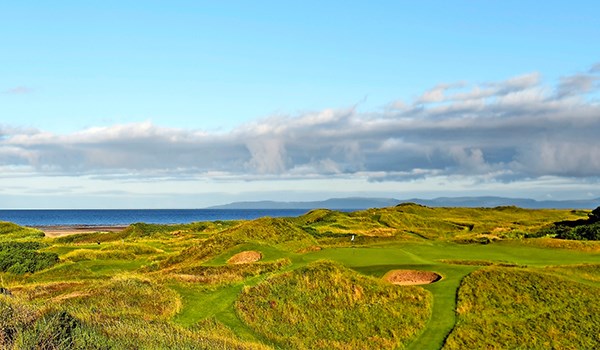
5. 15th, 185 yrds: Kingsbarns, Fife
Such is the quality of Kyle Phillips’ modern masterpiece, it should come as no surprise that
it features a short hole worthy of a high ranking. Questioning how this course could possibly get any better, you step onto the 15th tee and quickly find out. With the tide in you’re forced to carry the water across a bay known as “Rocky Ness” to a green sitting on a slither of land that projects into the North Sea. The safe play is to aim for the back-left bunker and allow the slope to feed the ball into the centre of the green.
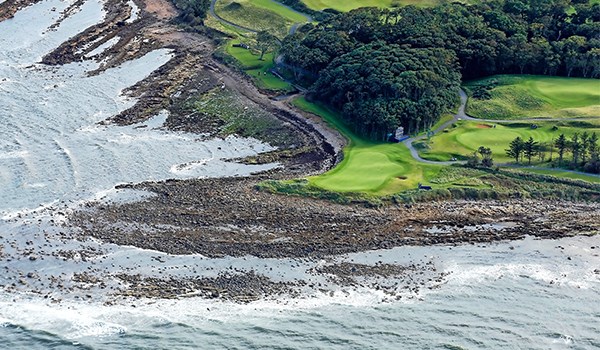
6. 17th, 184 yrds: St Andrews (Castle), Fife
The only St Andrews short hole to make our list, the Castle’s 17th definitely ticks all the
boxes. Perched on the clifftop, your penultimate tee shot must carry a gaping gorge to reach the extremely wide but relatively shallow green. Whether you make it or not, you’ll have great fun trying and will be treated to spectacular views of the Old Grey Toon regardless. Designer David McLay Kidd told us to aim way left off the tee, as everything feeds into the green from there and the carry is shorter. Anything right is gone…
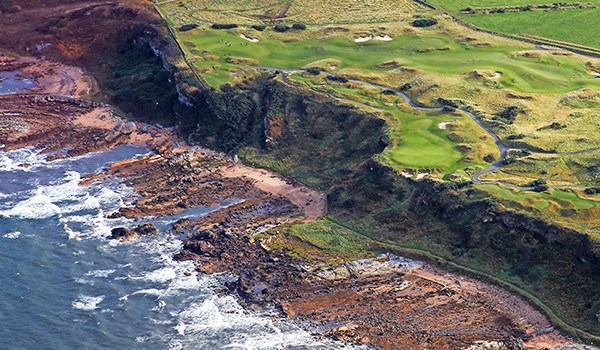
7. 17th, 188 yds: Saunton (East), Devon
This ancient links finishes with a flourish with a pair of cracking par 4s sandwiching this awesome short hole. Played from an elevated tee into the prevailing wind, you could be striking anything from a mid-iron to a 3-wood. It’s nearly impossible to hit the green with a right-to-left wind, but who doesn’t relish a challenge, especially a beautiful one?
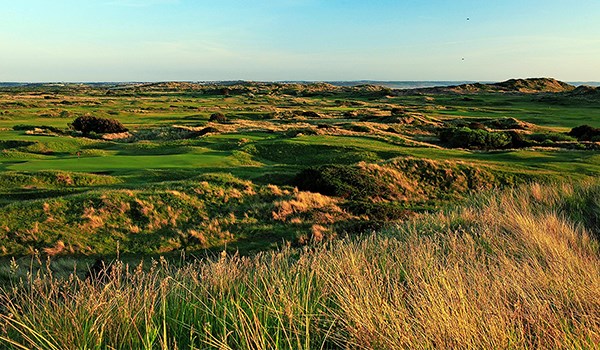
8. 11th, 178 yds: Trump Turnberry (Ailsa), Ayshire
Martin Ebert’s comprehensive redesign of what was a pretty ordinary hole is a triumph. It plays across rocky coastal inlets to a green sitting within a mystical setting right alongside
the sea. If the Open ever comes back here, the back tee (left of the daily tees) is incredible; anyone taking a step backwards could topple into the water…
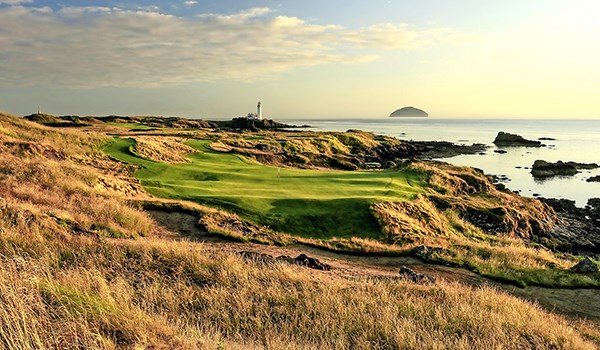
9. 14th, 215 yds: Gleneagles (Queen’s), Perthshire
It may be regarded as the third course at the legendary Scottish resort, but the Queen’s short holes are different class. The 14th, with its raised twotier green,is our pick following its recent re-working. The new tees to the right of the scenic loch bring the water directly into play with golfers accessing to the green via a new, sympathetically-designed footbridge.

10. 13th, 178 yds: Trump International Links, Aberdeen
“I tried to emphasise the sudden change in direction by a spectacular valley hole which cascades down the slope into a ‘river’ of marram grass,” explains architect Martin Hawtree: He succeeded. Keep out of the huge pot bunkers guarding the front at all costs. We played it with the boss a while back and Mr President required a mulligan.
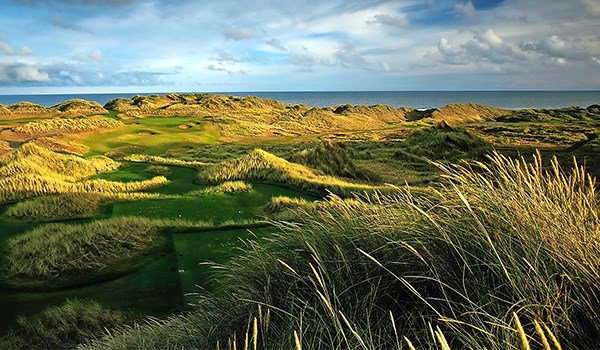
11. 7th, 163 yds: Old Head, Co. Cork
Spectacular. Intimidating. Memorable. Just three ways to describe this ‘corker’ (see what
we did), with the cliff edge and frothing Atlantic tight right leaving little room for error. A ball landing in the bail-out area left of the green will leave a tricky chip with the green running away from you.
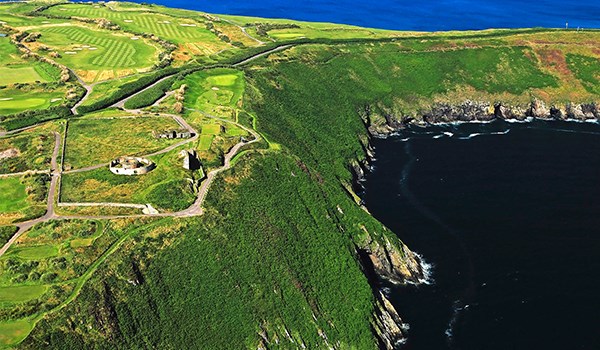
12. 4th, 215 yds: Royal County Down, County Down
Standing on the elevated tee you’ll not only be in awe of the glorious surroundings, but wondering how on earth to combat a hole which asks more questions than Mastermind. There’s so much to deal with including piles of gorse and a long, narrow green which rises slightly from front to back and is virtually surrounded by penal bunkers.
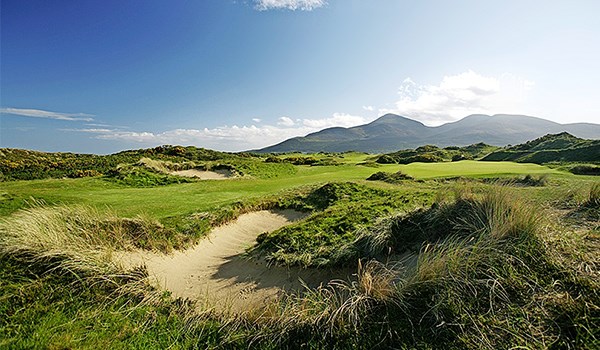
13. 3rd, 134 yds: Woburn (Duke’s), Bucks
A sight to behold when the gorgeous rhododendrons are in full bloom, providing a kaleidoscope of colour around a green that slopes from back to front and must be reached from an elevated tee. It’s no more than a flick with a wedge, but it’s far tougher than it sounds.
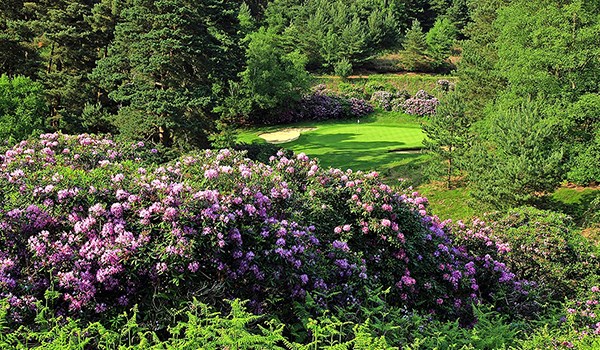
14. 15th, 168 yds: St Enodoc, Cornwall
The start of a fine closing stretch on this classic Cornish links. Once you’ve taken in the stunning Camel Estuary views you’ll see a deep gully between the tee and downhill green. Anything under-clubbed is destined for the bottom of it… carry it and you’ll need to avoid the pot bunkers either side.
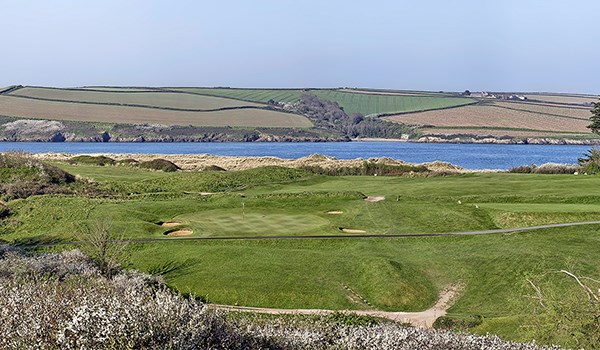
15. 16th, 245 yds: Carnoustie, Angus
The most feared short hole on The Open rota, the 16th should be a par 3.5 (ladies play it as a par 4). Long even when it’s benign, it is absolutely brutal into the wind and can have even the best players reaching for their driver. The big, two-tier green is protected by four huge bunkers with most of the trouble to the front. Tom Watson bogeyed it four times en-route to his victory in 1975, so a par deserves some celebrating!
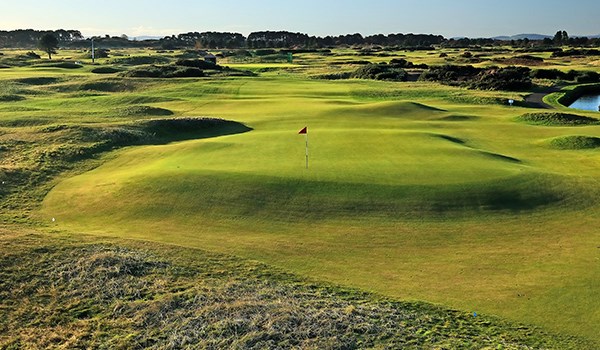
16. 7th, 122 yds: Royal Porthcawl, Mid-Glamorgan
The pride of the valleys’ very own Postage Stamp has never received the credit it deserves. It may be short, but it poses plenty of potential problems with a narrow entrance to an equally narrow green that is well-guarded by small hillocks and half-adozen pot bunkers.
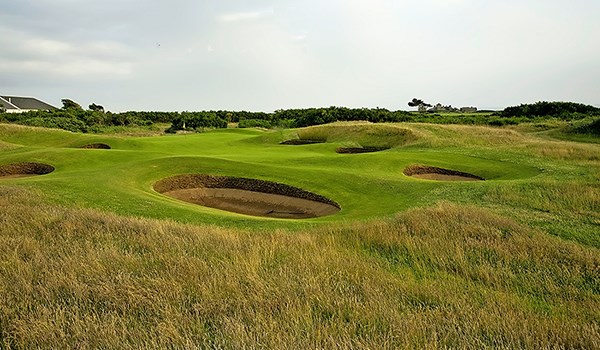
17. 17th, 244 yds: JCB G&CC, Staffs
When course architect Robin Hiseman showed TG his on-site plans a few years ago, it was this signature hole that excited us most… and the real thing full lives up to expectations. The signature hole is played steeply downhill to a large island green set in the South Lake and alongside the final hole tees as the course ends in spectacular style.
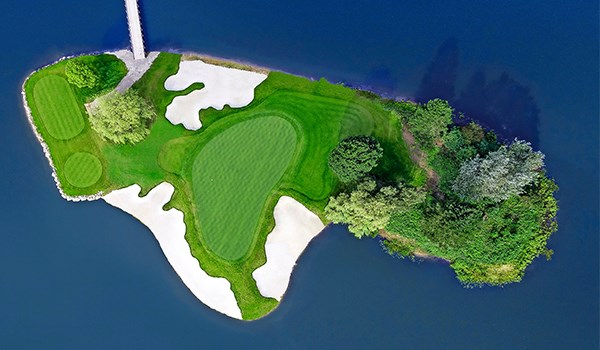
18. 6th, 135 yds: Portstewart, Co. Londonderry
This beautiful short hole captivated both the players and galleries alike when this superb
venue hosted the 2017 Irish Open. It provides respite after the Strand layout’s toughest hole. But with a green shaped like a small coin, drop-offs all round and a pair of gaping bunkers, it demands respect.
19. 12th, 183 yds: Royal Birkdale, Lancs
The Open venue and superstar of England’s Golf Coast is widely recognised as one of England’s finest layouts, if not the best, and the 12th is one of the reasons why. A superb short hole with deep bunkers and banks of rough and shrubbery guarding a green which looks tiny from the tee thanks to the giant dunes all around it. The putting surface’s subtle contouring is capable of causing serious headaches…
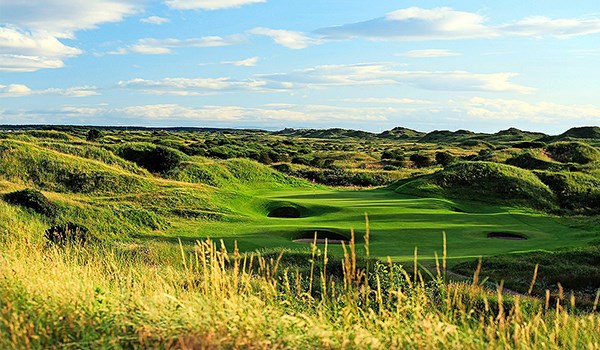
20. 12th, 172 yds: Woodhall Spa (Hotchkin), Lincolnshire
The best of the Hotchkin’s marvellous set of short holes. The classic 12th plays to a long and narrow green which slopes slightly from back to front and, in true Woodhall style, is flanked by deep greenside bunkers. The one on the left is 12ft below the green and the deepest on the course.
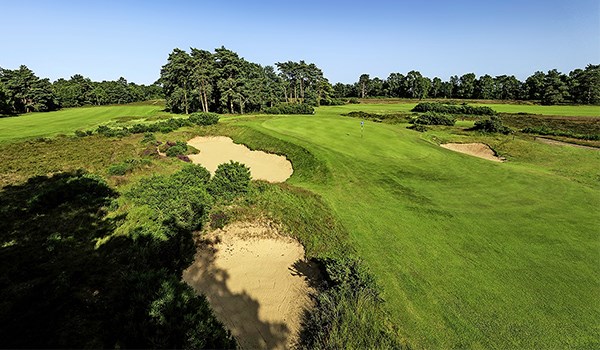
21. 5th, 183 yds: Sunningdale (New), Berks
The New’s collection of short holes are very good, but the 5th is right out of the top drawer. With bunkers, heather and slopes guarding the green, you’ve simply got to find the putting surface or your hopes of a par will hang by a thread. But, regardless of your score, there’s no way you won’t look forward to tackling it again.

22. 4th, 176 yds: Castle Stuart, Inverness
There’s every chance you’ll reach for a camera before a club as you look towards Castle Stuart itself. But once your attention turns back to the shot, you’ll need to consider wind, pin position and your shot shape into a deceptive green which has more room around it than there seems.
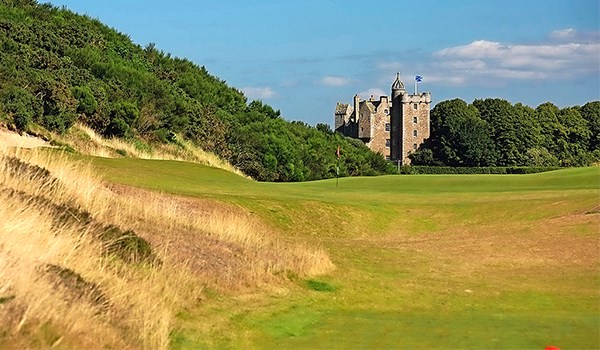
23. 14th, 126 yds: Trump Doonbeg, Co. Clare
On the elevated tee you’ll feel like you’re on top of the world. You’re treated to sensational Atlantic views with the clubhouse on the horizon and, depending on the wind, you could be hitting anything from a wedge to a 5-iron into a long and narrow three-club green. A precise strike with the right club is critical.
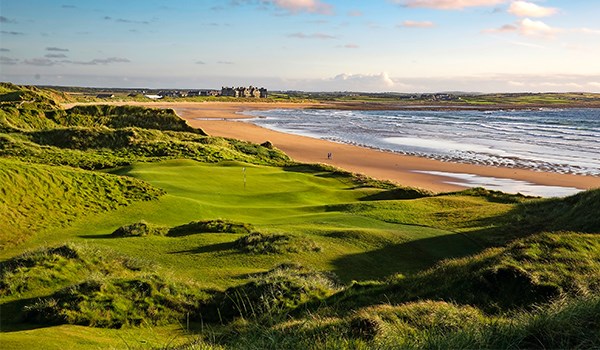
24. 11th, 176yds: St Mellion, Cornwall
Jack Nicklaus’ version of Augusta’s 12th and, like “Golden Bell”, it comes complete with a wonderful natural amphitheatre. From an elevated tee you’re firing over water to a wide but narrow green that is protected by bunkers short right and middle left and overlooked by a rhododendron bank. Seve holed out with a 3-iron into the wind in the 1994 B&H Championship.
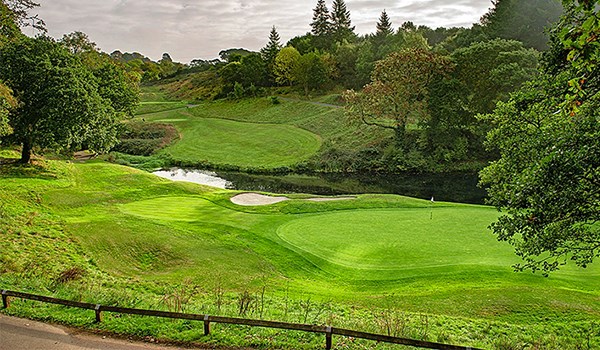
25. 16th, 161 yds: Royal St George’s, Kent
Thomas Bjorn might not agree (a double bogey from the sand cost him The Open here in 2003), but this classic par 3 is a beauty. It is often played into the prevailing wind to a large, sloping back-to- front green which is protected by eight bunkers. Our advice? Select your club carefully, don’t take on the pin and commit.
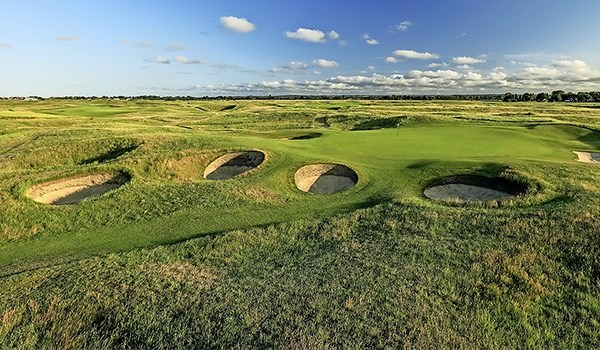
26. 5th, 205 yds: Prestwick, Ayrshire
Admittedly, blind par 3s are not everybody’s cup of tea. But this is the birthplace of The Open and we felt the revered “Himalayas” deserved to feature prominently. Just take dead aim at the marker on the dunes that matches the tee you’re playing from and then avoid the five bunkers on the left of a back-to-front sloping green. Other than that, it’s a stroll in the park…
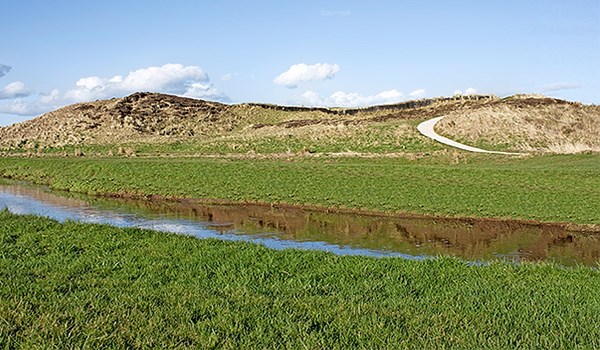
27. 16th, 218 yds: Hillside, Southport
If, as Greg Norman believes, Hillside boasts the best back nine in Britain, then its supremely challenging 16th is one of the main reasons.. It may be ultra-long, but is often played downwind to a two-tiered green that is set at a slight angle to the line of play. On the positive side, there are no bunkers!
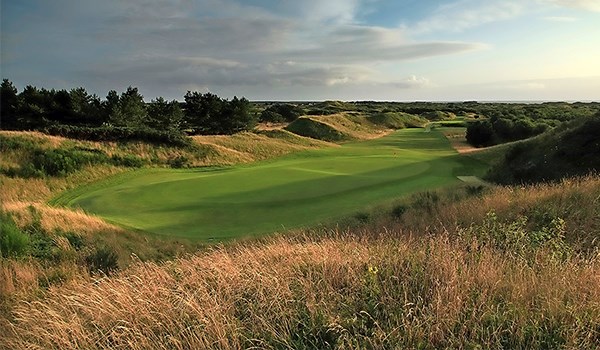
28. 4th, 196 yds: Cruden Bay, Aberdeenshire
Cruden Bay’s enchanting, must-play links bursts into life at the par-3 4th, “Port Erroll”. A picturesque tidal creek runs down the left with the tricky green in front of the North Sea. A miss to the right provides the best chance of a chip and putt, but too far right there is OB.

29. 2nd, 167 yds: Ardlass, Co Down
The round is only one hole old and suddenly you’re faced with this potential card-wrecker! Both tee and green are perched high on the clifftop with a 200ft deep ravine between your ball and the hole. An absolute thriller.
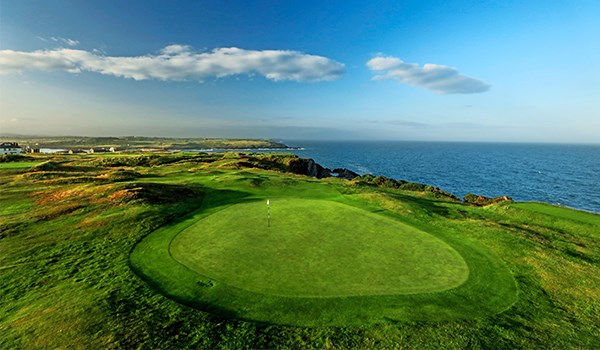
30. 4th, 137 yds: Shiskine, Arran
“The Shelf” takes most of the plaudits at this magical 12-hole links – and rightly so. It’s a good climb to reach the elevated tee sitting amid a rocky outcrop. But you’re duly rewarded with incredible views across the Mull of Kintyre.
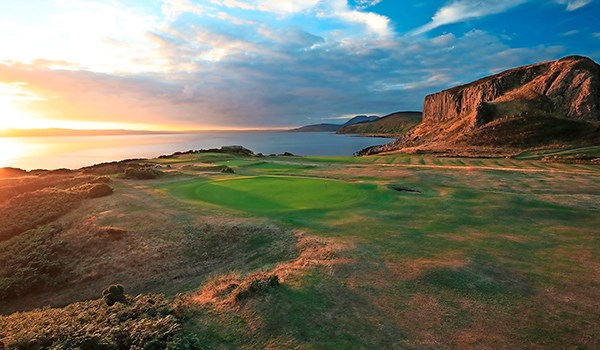
31. 9th, 182 yds: Burnham & Berrow, Somerset
Aptly-named ‘Wreck’ after the Norwegian vessel SS Nornen which came to grief nearby in 1867, this is a classic bunker- strewn MacKenzie short hole. Anything left short will test even the finest player’s sand skills, while anything long leaves a tricky up-and-down. Play for the centre of the green and trust in your flatstick.
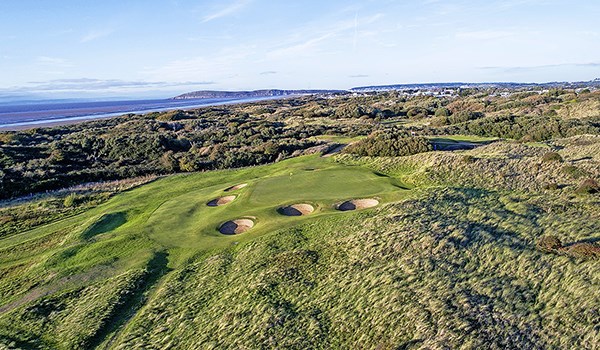
32. 12th, 190 yds: London Club (International), Kent
Visiting the London Club is always a memorable experience and this challenging short hole on the International plays a big part in that. It plays over a large lake to an elongated green that sits sideways to the tee. Trust your club selection and swing, or you’ll be seeking a new ball.
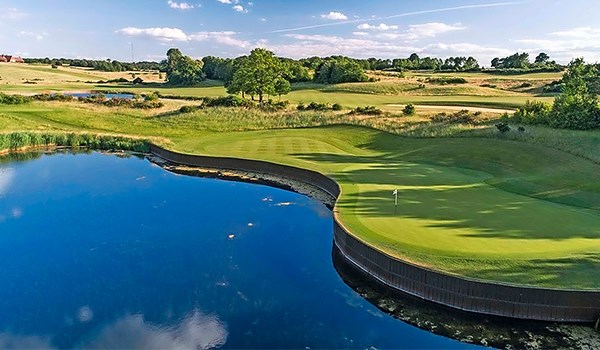
33. 15th, 124 yds: Seahouses, Northumberland
On paper, the short stroke- index 18 looks easy. On the tee it turns golfers into quivering wrecks. The oval-shaped green perches precariously on the other side of a gaping clifftop with the frothing North Sea 70ft below! If only golf was played on paper…
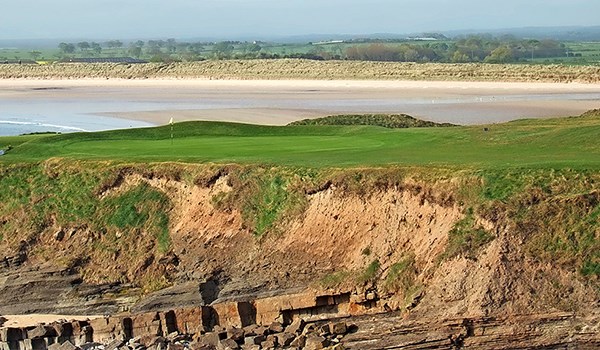
34. 6th, 167 yds: Eyemouth, Borders
It’s no exaggeration to describe this hole as breathtaking. Voted Britain’s Most Extraordinary Golf Hole, it requires a big carry over a clifftop chasm and the North Sea. The wind is likely to be in your face, too, so you could be plucking a fairway wood from the bag. Whatever happens, the post-round chat will inevitably centre around your memories of the 6th.
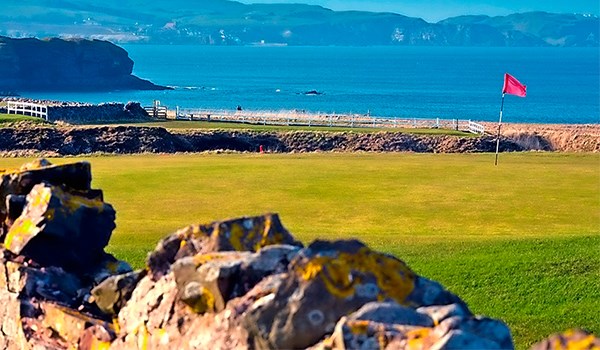
35. 7th, 171 yds: Ballyliffin (Glashedy), Co Donegal
Played from 120ft up, it’s little wonder this hole drew so much attention when the Irish Open visited the modern links in 2018. A 2014 revamp saw the addition of grassy mounds and bunkering coupled with a slight green move to bring the marshy pond more into play… the result is one of Ireland’s finest short holes.
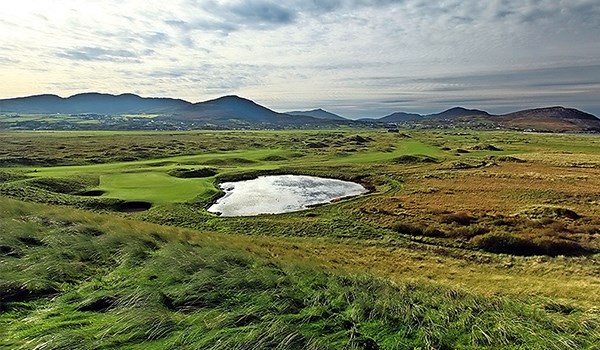
36. 17th, 132 yds: Llandudno GC, North Wales
The yardage is irrelevant here as it plays over a valley to an upturned saucepan-like green with steep drop-offs short, left and right. It requires respect and a purely struck short iron otherwise you could be in big trouble. The hole’s average score is 3.82, which should tell you all you need to know.
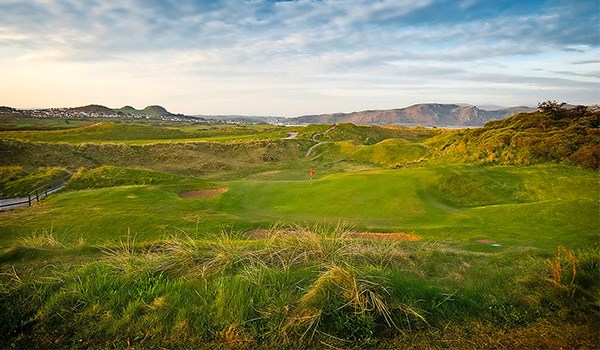
37. 5th, 125 yds: Prince’s (Himalayas), Kent
This striking brand new hole may be on the short side, but it deserves your full attention thanks to severe run-off areas snaffling wayward tee shots and a deep, pot bunker guarding a sloping right-to- left green. “Bloody Point” may prove to be a very apt name!
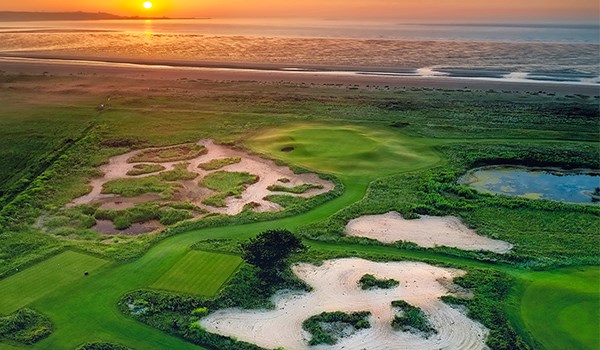
38. 7th, 123yds: The Shire, Herts
Dreamed up by Seve, you’d be forgiven for thinking you were looking at Sawgrass’ 17th green. Club selection is key as the green, complete with sleepers, is much bigger than you think. Get it wrong and you’ll face a putting dilemma owing to the large tier running through the spine.
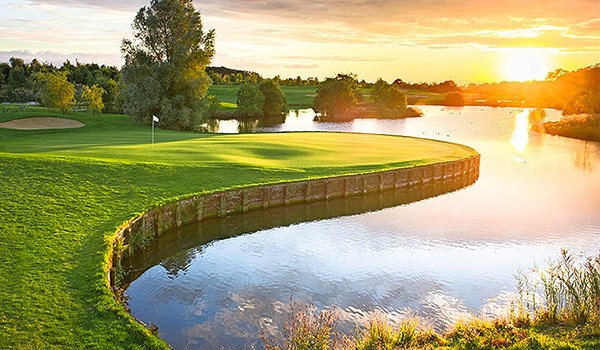
39. 10th, 173yds Mannings Heath, West Sussex
This hole is so good they named the course after it! Order your half-time refreshments before taking aim on the tee of this picture postcard hole. Though the waterfall which gives the course its name doesn’t come into play, you’ll be delighted to hit a green which falls away on the left and at the rear.
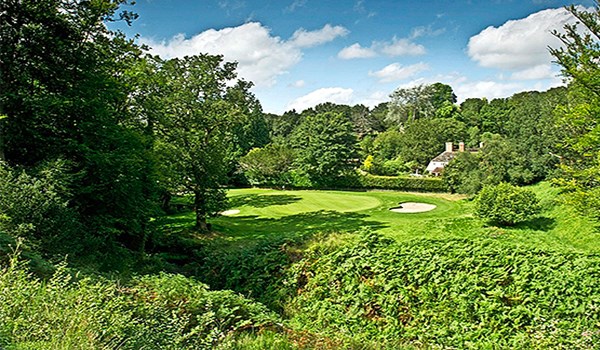
40. 13th, 127yds: Dunstanburgh Castle, Northumberland
The highlight of this underrated links arrives at the far end of the course at the aptly-named Castle – the ruins of 14th century Dunstanburgh Castle form an eerie backdrop. A sweetly struck short iron across a gully should deliver the goods on one of the most atmospheric short holes by the sea.
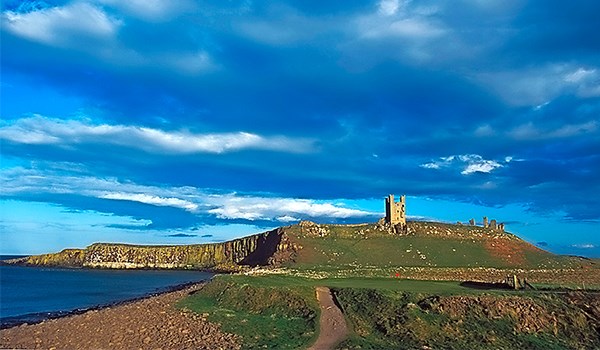
41. 6th, 133 yds: Bridgport & West Dorset, Dorset
Never mind our Top 50, this sensational par 3 has been voted one of the world’s top 100 holes. Overlooking the World Heritage Jurassic Coast, it plays from the top of the cliffs to a small green by the beach 90ft below you. If you can, forget the awesome views and focus carefully on picking the right club.
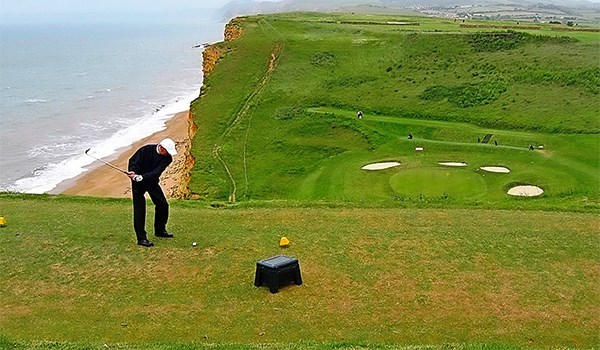
42. 7th, 172 yds: Stoke Park, Bucks
The handiwork of Alastair MacKenzie, this magnificent 7th hole forms part of Stoke Park’s own “Amen Corner” and was the inspiration for the 16th at Augusta National. Playing from a slightly raised tee, there’s little room for error as you’re hitting into a long, slender three-club- long green guarded by a pond in front, a stream on the right and deep bunkers on the left.
43. 11th – 197yds Askernish, South Uist
A round at this long-lost Old Tom course will live long in the memory, with the 11th one of the highlights. The long tee shot plays into a sea breeze over a deep gully to a large green. Standing on the tee of “Barra Sight”, it looks like you’re hitting straight into the Atlantic Ocean… push your shot too much and you will be!
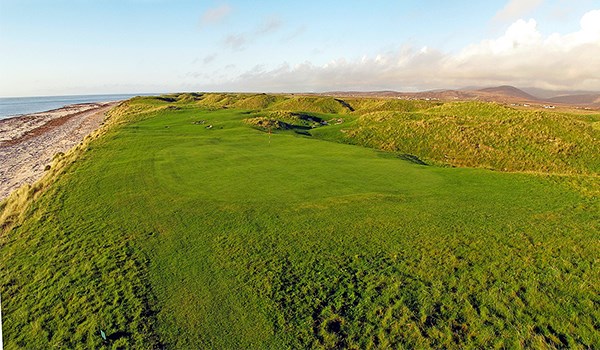
44. 16th, 168 yds: Carne, Co. Mayo
The last of Carne’s par 3s is relatively short, but the green is way down below and surrounded by dunes, nestling in a hollow which can be deceptive from a distance. A wayward strike off the tee can land in the wild orchids after which the hole is named.
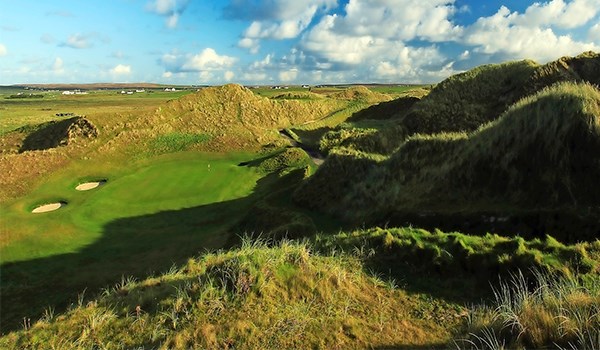
45. 1st, 217 yds: The Berkshire (Blue), Berks
Don’t be fooled by the stroke index (18), this is a daunting opener! It requires a sweetly- struck long iron across a sea of heather into a green sitting atop a hump more than 200 yards away. There’s potential trouble all over the place, but aim for the front left of the green and you’ll leave yourself with a decent chance of making a steady start.
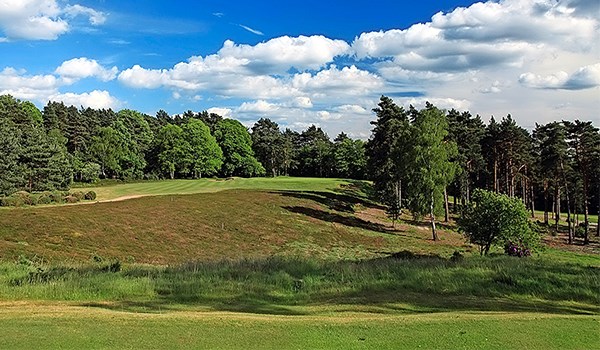
46. 3rd, 176 yds: Dartmouth, Devon
There’s a terrific collection of short holes here, but it’s the first of them which raises most eyebrows. Take careful aim from an elevated tee to a massive 50-yard long green beyond a lake some 60ft below.
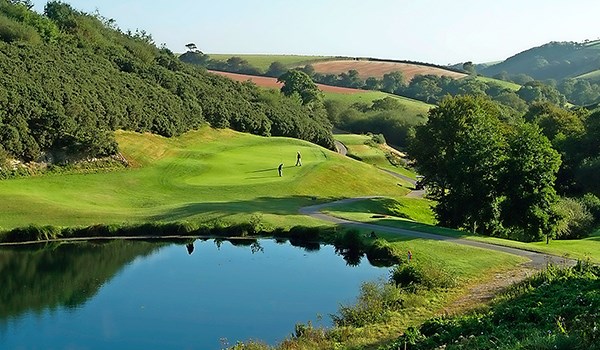
47. 18th, 207 yds: Forest of Arden, Warwickshire
As if this one-time regular European Tour course wasn’t demanding enough, it finishes with
a nerve-racking and potential card-wrecking 200-yard finale over a watery valley to a wickedly-sloping back-to-front green protected by deep bunkers and just yards away from the hotel patio. Good luck!
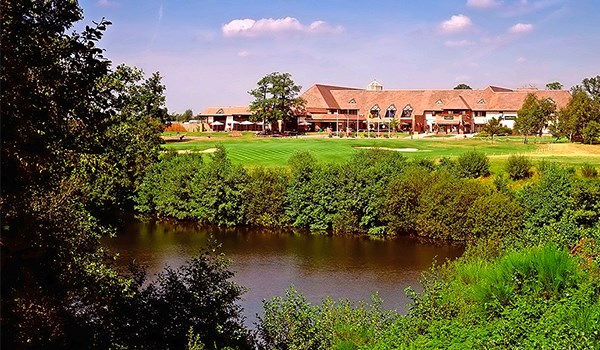
48. 6th, 197 yds: Sheringham, Norfolk
Don’t be lulled into a false sense of security by the stunning coastal views provided by the elevated clifftop tee – you could be hitting anything from a mid-iron to driver into the sloping left-to-right green. Well-guarded by two front bunkers, you’ll be both delighted and relieved to walk away with a par.
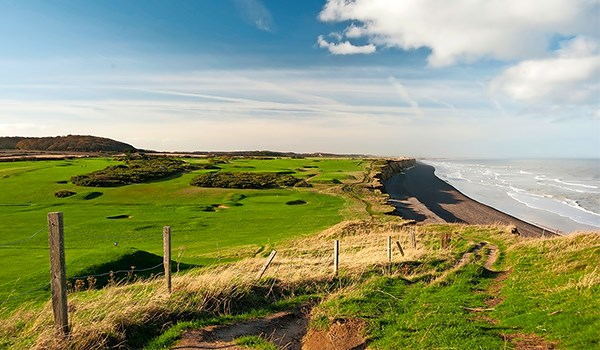
49. 17th, 154 yds: Manor House, Wiltshire
Perched on a cliff edge, this breathtaking hole drops 120ft to two greens which provide variation. Both are closely protected by the River Bybrook which guards the front and left of the right green and comes into play if you over-club on the undulating left green. An absolute thriller.
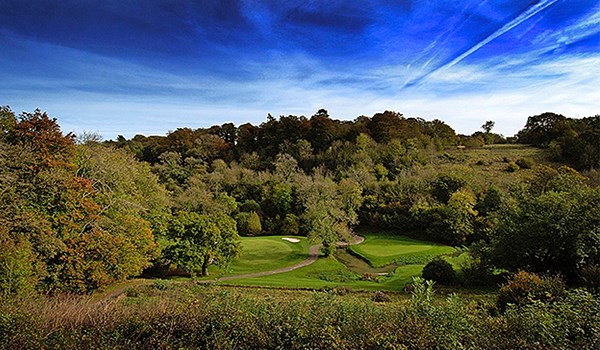
50. 17th, 176 yds: Halifax, West Yorks
Draped across Ogden Valley, this little-known moorland layout’s penultimate hole is one of England’s most characterful par 3s. Aptly named Bagott’s Leap, it plays from an elevated tee on the hillside, across heather and a brook to a green sitting 62ft below. Played into the prevailing wind, club selection is key.
